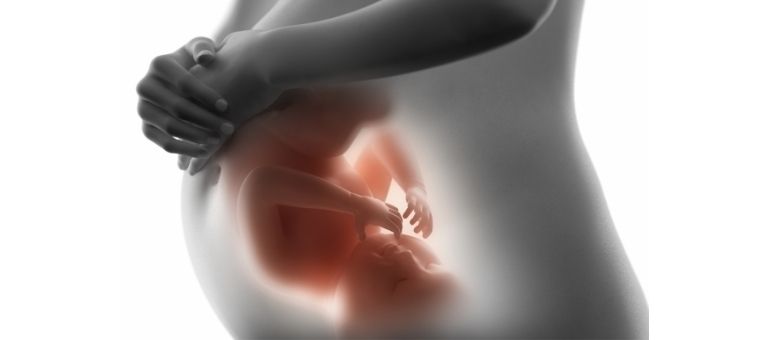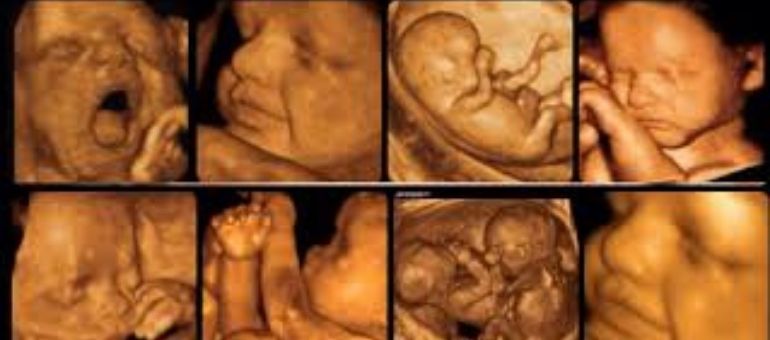Correcting childbirth scar marks. The incision made during a natural birth to facilitate the baby’s exit, or spontaneous tears, can heal poorly and cause aesthetic discomfort. Poorly healed childbirth stitches or tears can not only be aesthetically displeasing but can also lead to issues like pain during sexual intercourse and vaginal noises. A poorly healed scar can be aesthetically corrected with a simple operation under local or general anesthesia. If necessary, a vaginal tightening procedure can also be performed during the same operation.
WHAT IS AN EPISIOTOMY?
An episiotomy is a controlled incision made at the vaginal opening during a natural birth to allow the baby’s head to exit more easily. By reducing the tension on the vagina and perineal area, the episiotomy incision protects the vagina from uncontrolled tears and prevents injury to neighboring tissues, the rectum, and the urethra (the tube that carries urine from the bladder). Uncontrolled injuries can be prevented by a combination of our precautions and the mother following our instructions during labor. Otherwise, if an exhausted mother-to-be pushes uncontrollably, tears may occur despite an episiotomy.
IS AN EPISIOTOMY PERFORMED IN EVERY NATURAL BIRTH?
An episiotomy is generally performed in first-time births or if the vagina’s elasticity is not sufficient for the baby’s head to exit. However, there is no rule that an episiotomy must always be performed in first births, nor is there a rule that it cannot be performed on women having their second or third birth. Therefore, the decision to perform an episiotomy is made during labor based on the condition of the vaginal tissues.
HOW IS AN EPISIOTOMY PERFORMED?
During a natural birth, once the cervix is fully dilated and the baby’s head has advanced far enough that the hair is visible, an incision is made at the vaginal opening with a pair of scissors during the first contraction. This procedure is performed under local anesthesia. While an episiotomy can be made in various directions, it is most often done at the 6 o’clock and 7-8 o’clock positions. After birth, the episiotomy is repaired with dissolvable stitches. There may be some pain along the stitch line during this process. It can take a few weeks for the stitches to dissolve and the wound to heal. During this time, the stitch line can be cleaned with povidone-iodine, and you can take a shower while standing.
ATTENTION!
You should contact your doctor immediately if you notice that the stitches have opened, if there is a bad odor or discharge from the wound, or if you cannot sit down or experience very severe pain.
With the recent increase in popularity of genital aesthetic operations, many patients are unhappy with their episiotomy stitches and seek information on whether they can be re-sutured. Fortunately, these are operations that can be re-repaired. By removing the damaged tissue and bringing the wound edges neatly together using cosmetic stitches, it’s possible to achieve a result that looks as if the area was never cut. At this stage, good wound care and nutrition are essential.
WHAT IS PERINEOPLASTY?
The perineum is the area of skin, subcutaneous connective tissue, and muscle between the vagina and the anus. As the number of natural births increases and as we age, the tissues in the vagina can lose their tightness, becoming more flexible and wider than before. This can lead to issues like reduced pleasure during intercourse and partners being unable to feel each other. This often results in unhappy and unsatisfying sexual relationships. Perineoplasty, also known as perineal aesthetics, is mostly performed to correct the scars from childbirth stitches. The poor healing of episiotomy stitches, stitches opening or becoming infected, or the poor healing of perineal tears that heal on their own can lead to visible aesthetic issues in the perineal area. These aesthetic problems do not only occur after childbirth. Structural anatomical issues or poorly healed wounds after Bartholin’s cyst surgery can also cause aesthetic problems. This operation can be performed in addition to other genital aesthetic procedures, such as vaginoplasty (vaginal tightening) and labiaplasty (labia minora aesthetics), depending on the patient’s request.
HOW IS A PERINEOPLASTY OPERATION PERFORMED?
In an operating room, a rhombus-shaped piece of tissue is removed from the perineal area. It is then aesthetically restored under sedation, general anesthesia, or spinal anesthesia (known as a ‘waist block’), depending on the duration of the procedure and any simultaneous operations. This operation tightens the vaginal opening, allowing individuals to experience greater pleasure from intercourse. It can also make the clitoris easier to stimulate. In addition, a more aesthetically pleasing appearance is achieved.






